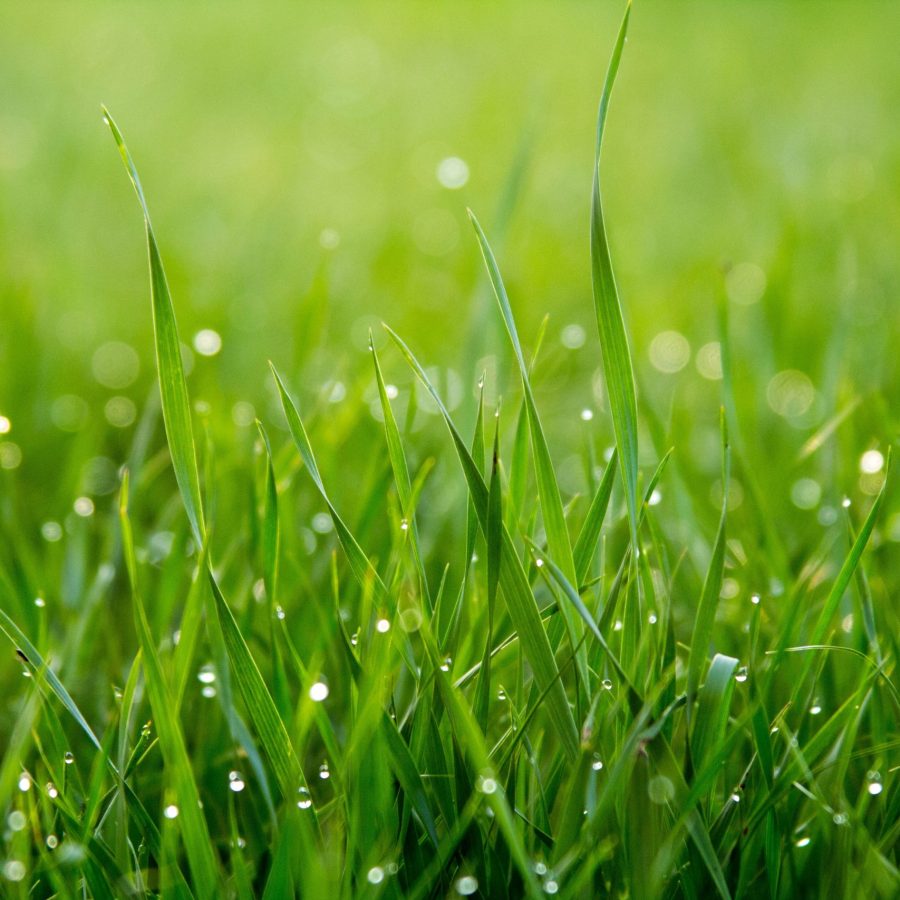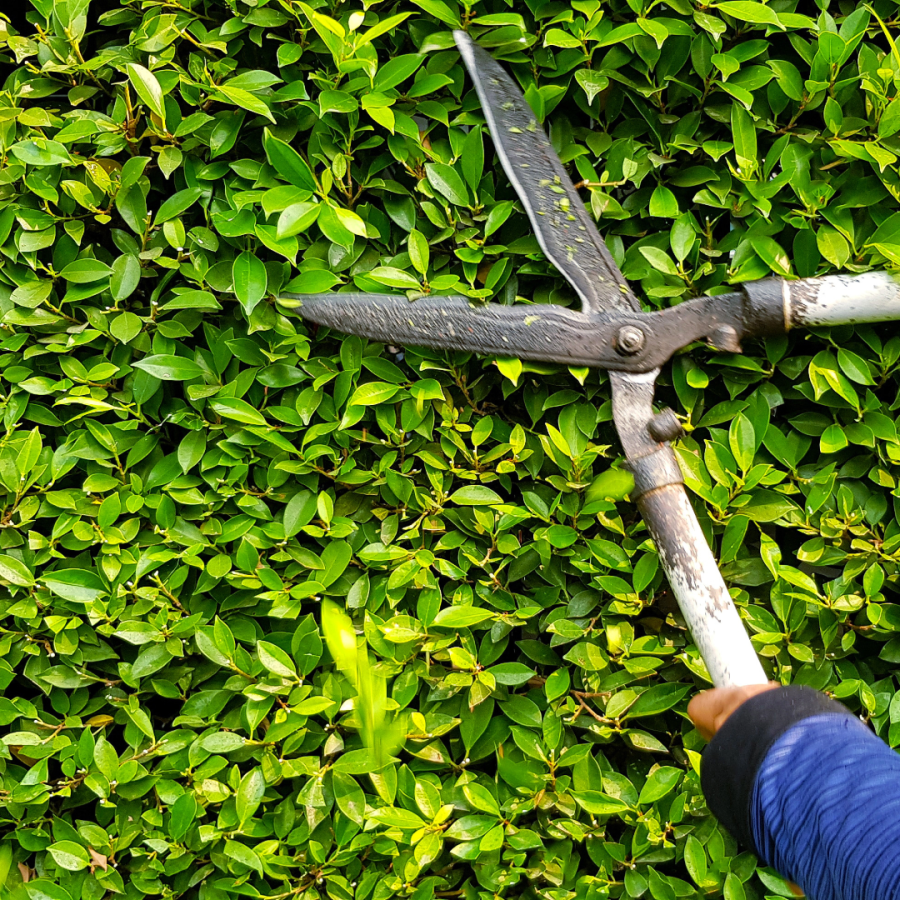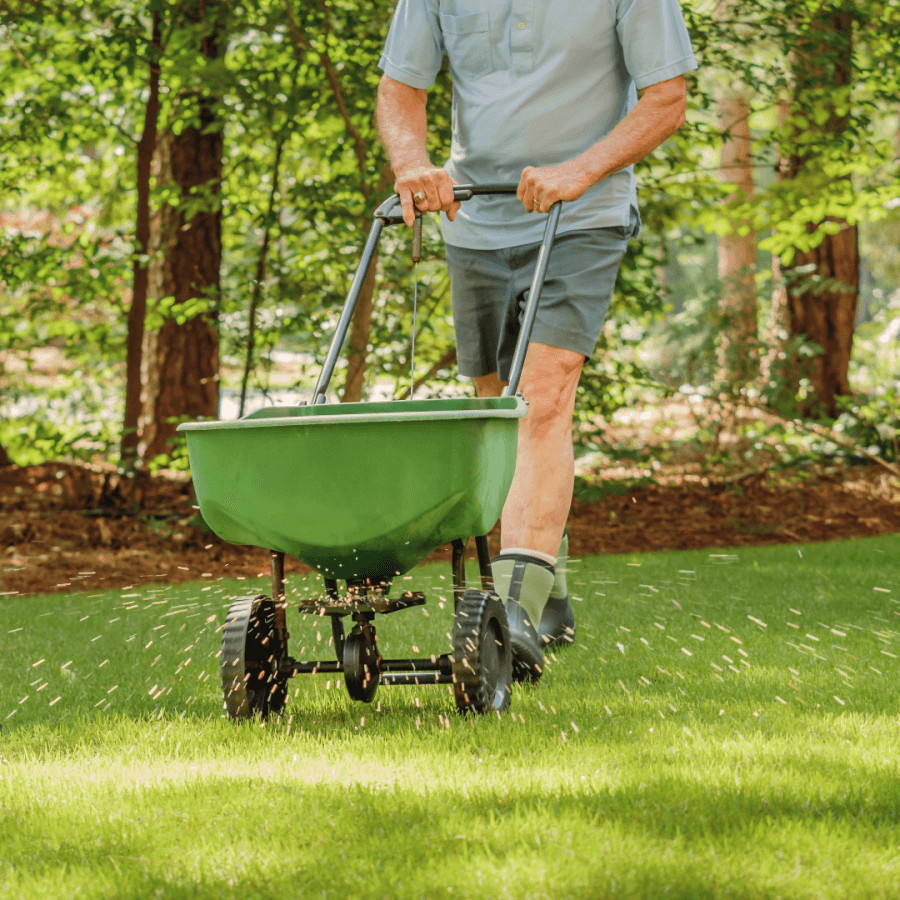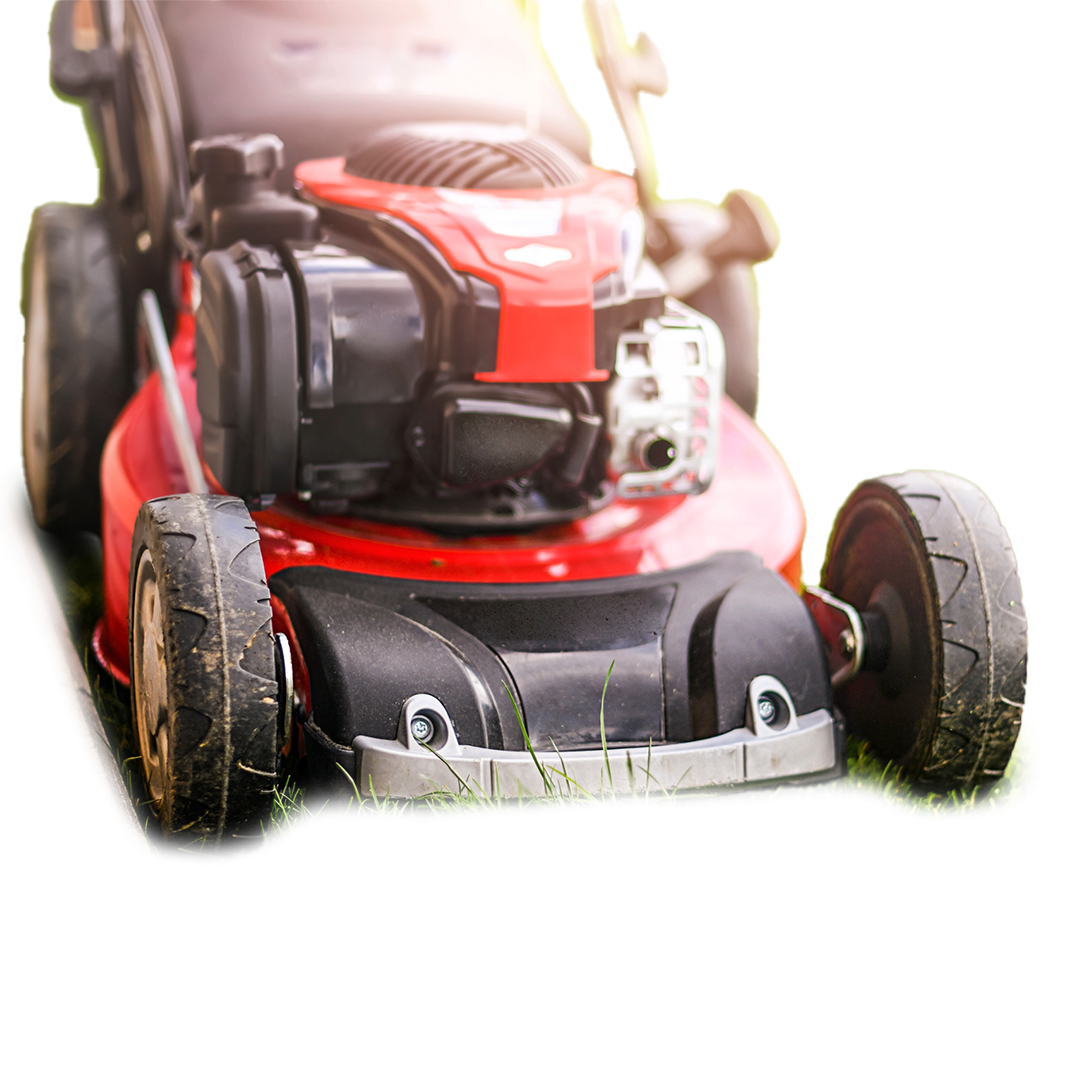Why Spring Lawn Care is Important—Have a Beautiful Yard for Summer

Spring is the best time for lawn care because it gives you the opportunity to take advantage of the warmer weather, establish a routine and prepare for the summer season.
The warmer temperatures make it easier to work outside, which means that you can get more done in less time. You’ll also be able to complete tasks more quickly, efficiently and effectively than if they were done during cooler months.
If your lawn has been dormant all winter long (or even just since last fall), spring is when it will start growing again–and fast! This means that there will be plenty of growth on which weeds can thrive if left unchecked by regular watering or fertilizing; by taking care of these things now, you’ll help keep weeds from taking over later on down the line when you get busy enjoying other seasonal activities.
Prepping Your Lawn for Spring
You can do a lot to prepare your lawn for spring. The first thing to do is aerate and dethatch it. Aerating involves removing plugs of soil from the ground with special equipment, while dethatching takes out dead grass blades and other debris that builds up over time. Both processes help loosen compacted soil, allowing water and nutrients to reach roots more easily. You should also fertilize your lawn in early spring–about late March or early April is ideal–to give it a boost before summer heat kicks in.
After aerating and dethatching, mow often during this period so that grass blades don’t get too long; otherwise, they’ll shade out new growth underneath them at their base level instead of letting light through freely
Fertilization
Fertilizer is an important component of lawn care, and it’s important to choose the right kind for your grass. There are many different types of fertilizer available on the market today, each with its own unique blend of nutrients. Even if you’re unsure about which type will work best for your lawn, there are some general guidelines that can help guide you:
- Choose a fertilizer that contains nitrogen (N), phosphorus (P) and potassium (K). These three elements are essential in building strong root systems while also promoting healthy growth above ground. In addition to these major nutrients, some fertilizers may contain micronutrients like sulphur or zinc–these provide additional benefits but aren’t required by all plants in large amounts like N-P-K compounds are.* Consider using slow-release fertilizers instead of fast-acting ones if possible; these tend not only last longer than other types but also allow more gradual release over time so as not to cause any damage from sudden spikes in nutrient levels.
Watering
Watering is one of the most important steps in maintaining a healthy lawn. The amount of water your lawn needs will depend on its size, type, and location. In Windsor-Essex, the most common types of grass are; Perennial Ryegrass, Fine Fescue, and Kentucky Bluegrass (KBG). These types of grass need typically 1″ of water per week. Too little water–the risk of the grass being dry and brown. Too much water–suffocates your grass and also stunts root growth which will be unable to withstand hot, dry summer weather.
Typically, the rain from a typical week should be enough to maintain a healthy lawn. However, during the summer months when it gets very hot and dry, it is best to ensure that your lawn stays moist. Try to maintain about 1-2″ of water per week during these periods. You should establish a watering schedule based on these factors so that you don’t over or under-water it. Irrigation systems can save time and money while also helping prevent drought stress by delivering water directly where it’s needed most – at ground level.
Weed Control
Weed control is an important part of lawn care. There are two types of weed control: pre-emergent and post-emergent. Pre-emergent weed control is used before the seeds have germinated, while post-emergent weed control is used after they have sprouted. Organic options for both types are available as well.
Weed seeds can be killed by applying a nonselective herbicide to kill all plants in your yard at once (including your grass), but this can be damaging to your soil if you don’t let it rest for several weeks before reseeding or sodding over the area where you applied it. If you’re looking for something more gentle on your environment and still effective against weeds, try using an organic herbicide instead!
Insect Control
Insect control is a necessary part of lawn care. Pests like grubs can damage your grass and make it look unhealthy. Lawn insects cause damage to your lawn by eating the roots of grass plants or laying eggs in the soil that hatch into larvae that feed on roots or feed on grass blades themselves.
When you see signs of insect infestation in your yard (such as wilted or discoloured leaves), it’s time to act quickly before they cause further harm to your lawn! The first step is identifying which type of pest has invaded your garden so that you can treat it accordingly with an appropriate pesticide product.
Disease Control
Disease control is a key component of lawn care. There are several common diseases that can affect your grass, and it’s important to recognize them so you can take proper action if your lawn becomes infected. The most common types of disease are caused by fungi or bacteria. Fungicides are used to treat these types of infections–they’re applied directly onto the infected area and will kill any pathogens that have taken hold in your grass blades or roots. Natural methods include removing dead leaves from your yard; this helps keep pests like grubs at bay because they need decaying matter in order to survive.
Overseeding
Overseeding is the process of sowing additional seed into your lawn to fill in bare spots and help it to grow thicker. The benefits of overseeding are numerous:
- It’s a quick way to fix bald spots.
- You can choose from many different types of grasses, each with its own unique look and characteristics (e.g., shade tolerance).
- It’s less expensive than replacing the entire lawn with new sod–and much faster!
Conclusion
- The most important thing to remember when it comes to lawn care is that it’s not a one-time event. It’s an ongoing process that requires regular maintenance and attention, so you need to be willing to put in the work over time if you want your yard to look its best.
As long as you follow these tips, your spring lawn will be ready for summer!





